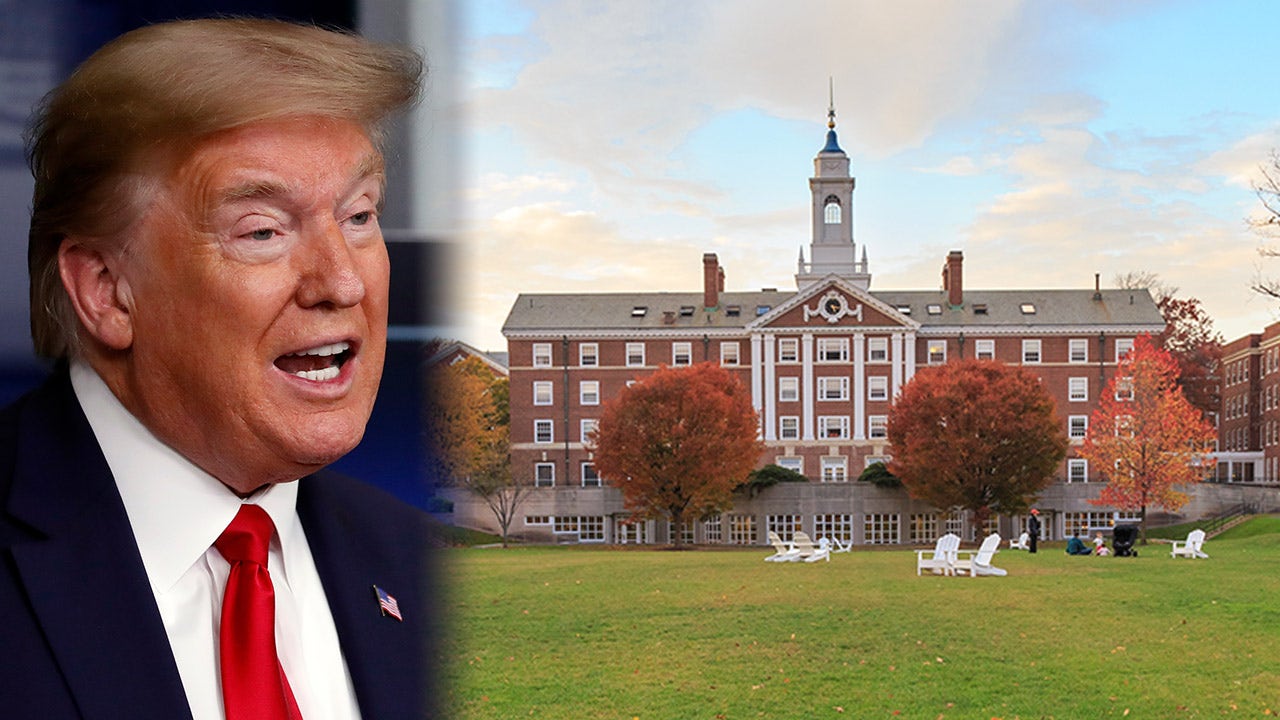Scotland's Coastal Revival: The Role Of Seagrass Planting

Table of Contents
The Ecological Importance of Seagrass in Scotland's Coastal Waters
Seagrass beds are often overlooked, yet they are incredibly important biodiversity hotspots within Scotland's seas. These underwater meadows are far more than just pretty plants; they are fundamental to the health and productivity of our coastal waters. Their ecological significance is multifaceted, contributing to a thriving marine ecosystem.
-
Nurseries for Marine Life: Seagrass meadows serve as vital nursery habitats for numerous commercially important fish species. Cod, plaice, and other finfish rely on the protection and abundant food supply provided by these underwater pastures, directly supporting sustainable fishing practices in Scotland.
-
Biodiversity Powerhouses: Beyond fish, seagrass beds teem with life. They provide habitat and sustenance for a vast array of invertebrates, from tiny crustaceans to larger crabs and shellfish. This rich invertebrate life forms the base of the food web, supporting a diverse range of predators including seabirds and marine mammals. Even charismatic species like seahorses find refuge within the protective embrace of seagrass.
-
Coastal Habitat Stabilization: The extensive root systems of seagrass plants bind sediments, preventing erosion and improving water clarity. This stabilization contributes to the overall health and resilience of Scotland's coastal habitats, protecting shorelines from the damaging effects of storms and currents.
Seagrass Planting Initiatives and Restoration Projects in Scotland
Scotland is witnessing a surge in seagrass restoration projects, driven by a growing understanding of their ecological importance and the need for coastal protection. These initiatives are spearheaded by a collaborative effort involving government agencies, environmental NGOs, and enthusiastic community groups.
-
Specific Projects: Several significant projects are underway across Scotland. For example, the Loch Ryan seagrass restoration project is demonstrating the feasibility of large-scale replanting, while initiatives in Orkney are focusing on community-led restoration efforts. These diverse approaches showcase the adaptability and effectiveness of seagrass planting techniques in different coastal environments.
-
Replanting Methods: Seagrass restoration employs various methods, from collecting and propagating seeds to transplanting mature shoots. Careful monitoring and evaluation are crucial to assessing the success of these projects and refining techniques for optimal results.
-
Success Stories: Early results from some projects are very encouraging, demonstrating significant increases in seagrass cover and associated biodiversity. These successes highlight the potential for widespread restoration and the positive impact on Scotland’s marine environment.
The Benefits of Seagrass for Carbon Sequestration and Coastal Protection
Seagrass is increasingly recognized for its crucial role in climate change mitigation. Known as "blue carbon," the carbon sequestered by seagrass meadows is incredibly effective, often exceeding that of terrestrial forests.
-
Blue Carbon Powerhouse: Seagrass plants absorb and store significant amounts of atmospheric carbon dioxide, effectively locking it away in sediments. This carbon sequestration contributes to mitigating climate change and reducing greenhouse gas emissions.
-
Natural Coastal Defense: Dense seagrass beds act as natural buffers, absorbing wave energy and reducing coastal erosion. This natural protection offers significant economic benefits by minimizing damage to infrastructure and reducing the need for costly artificial defenses. They also improve water quality by filtering pollutants.
-
Economic Advantages: The combined benefits of carbon sequestration and coastal protection translate into significant economic advantages, reducing the costs associated with climate change adaptation and coastal management.
Challenges and Future Directions for Seagrass Restoration in Scotland
Despite the successes, challenges remain for seagrass restoration in Scotland.
-
Environmental Threats: Pollution from agricultural runoff, habitat loss due to coastal development, and the impacts of climate change (such as increased water temperatures and ocean acidification) all pose significant threats to seagrass survival.
-
The Need for Continued Effort: Increased funding for research and restoration projects is crucial, alongside public awareness campaigns to highlight the importance of seagrass conservation. Developing sustainable management strategies to ensure the long-term health of restored seagrass meadows is paramount.
Conclusion
Seagrass planting is not merely an environmental initiative; it's a cornerstone of Scotland's coastal revival. By restoring these vital habitats, we are simultaneously enhancing biodiversity, bolstering coastal protection, mitigating climate change, and supporting sustainable fisheries. The collaborative efforts of government bodies, environmental organizations, and local communities are essential for the continued success of these projects. Learn more about seagrass restoration projects in Scotland and discover how you can get involved. Support initiatives dedicated to seagrass planting and contribute to the ongoing Scotland's coastal revival through responsible actions and community engagement. Together, we can protect and restore our precious marine environment.

Featured Posts
-
 Thunderbolts Assessing Marvels New Direction
May 05, 2025
Thunderbolts Assessing Marvels New Direction
May 05, 2025 -
 Pandemic Fraud Lab Owner Convicted Of Falsifying Covid Tests
May 05, 2025
Pandemic Fraud Lab Owner Convicted Of Falsifying Covid Tests
May 05, 2025 -
 Kentucky Derby 2024 What You Need To Know Before Race Day
May 05, 2025
Kentucky Derby 2024 What You Need To Know Before Race Day
May 05, 2025 -
 Big Oil Defies Calls For Increased Production Ahead Of Opec Announcement
May 05, 2025
Big Oil Defies Calls For Increased Production Ahead Of Opec Announcement
May 05, 2025 -
 Harvard President Rejects Calls To Revoke Universitys Tax Exempt Status
May 05, 2025
Harvard President Rejects Calls To Revoke Universitys Tax Exempt Status
May 05, 2025
